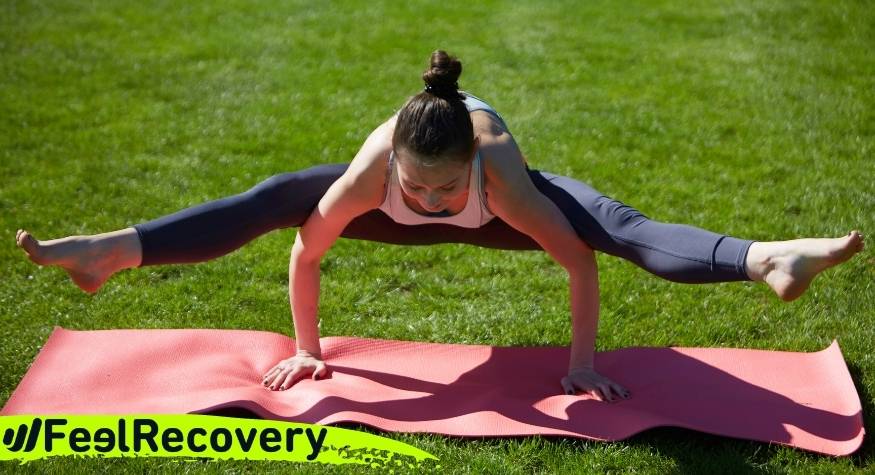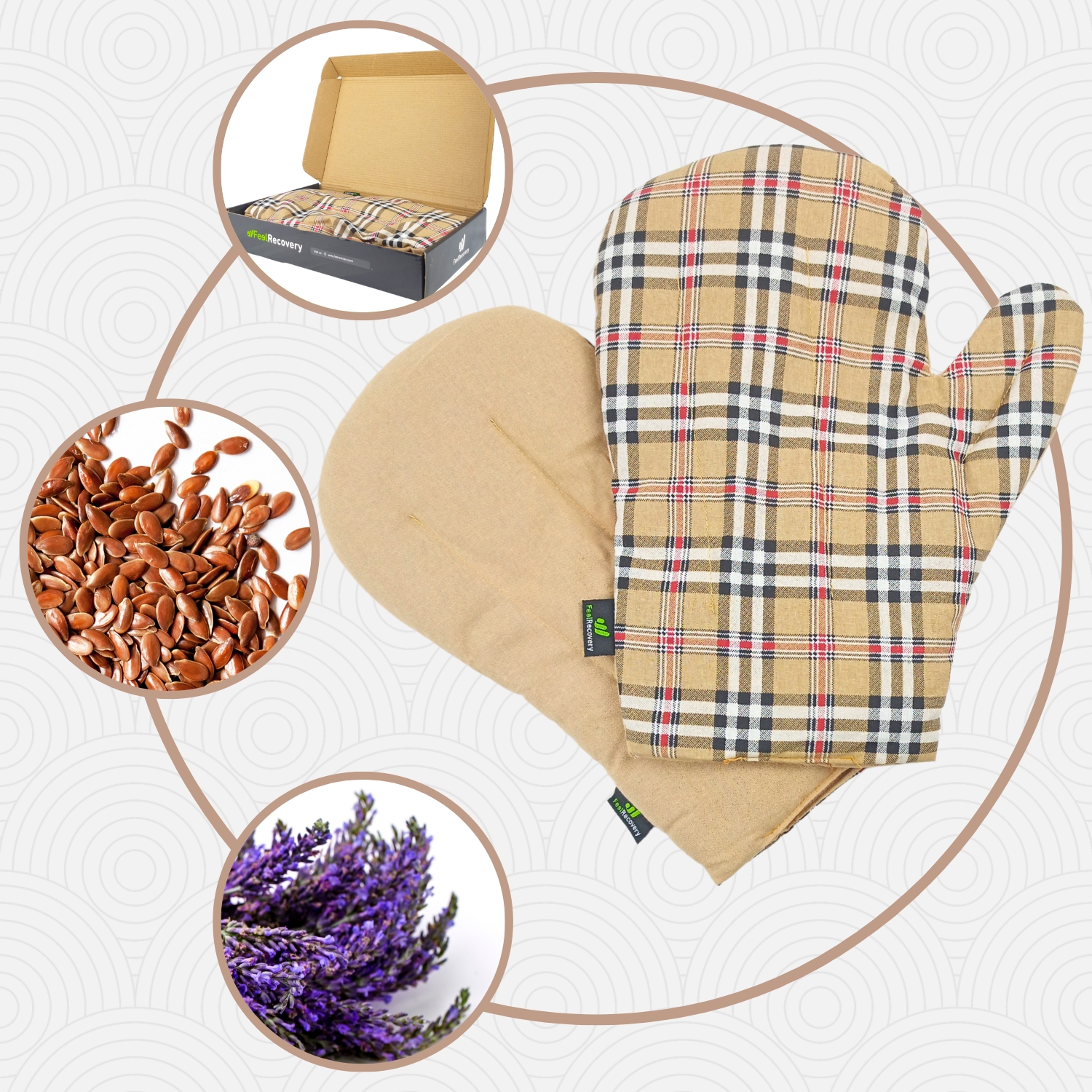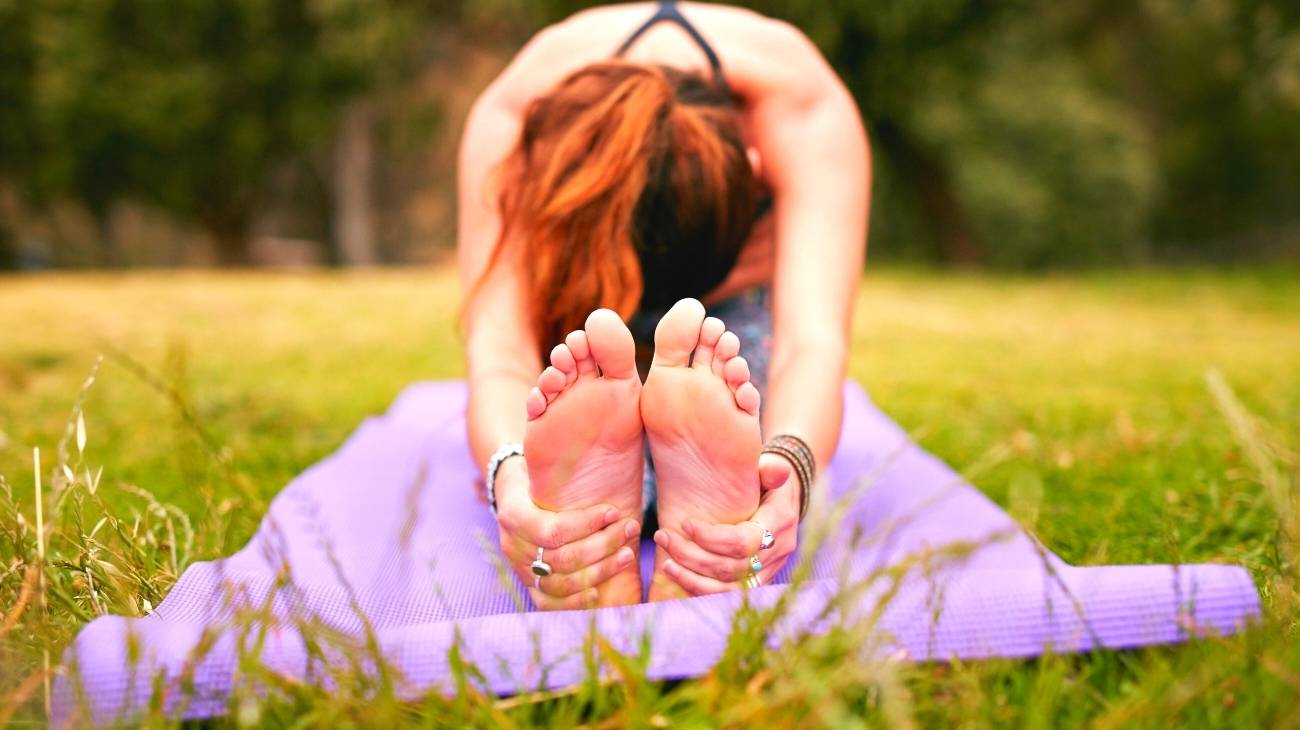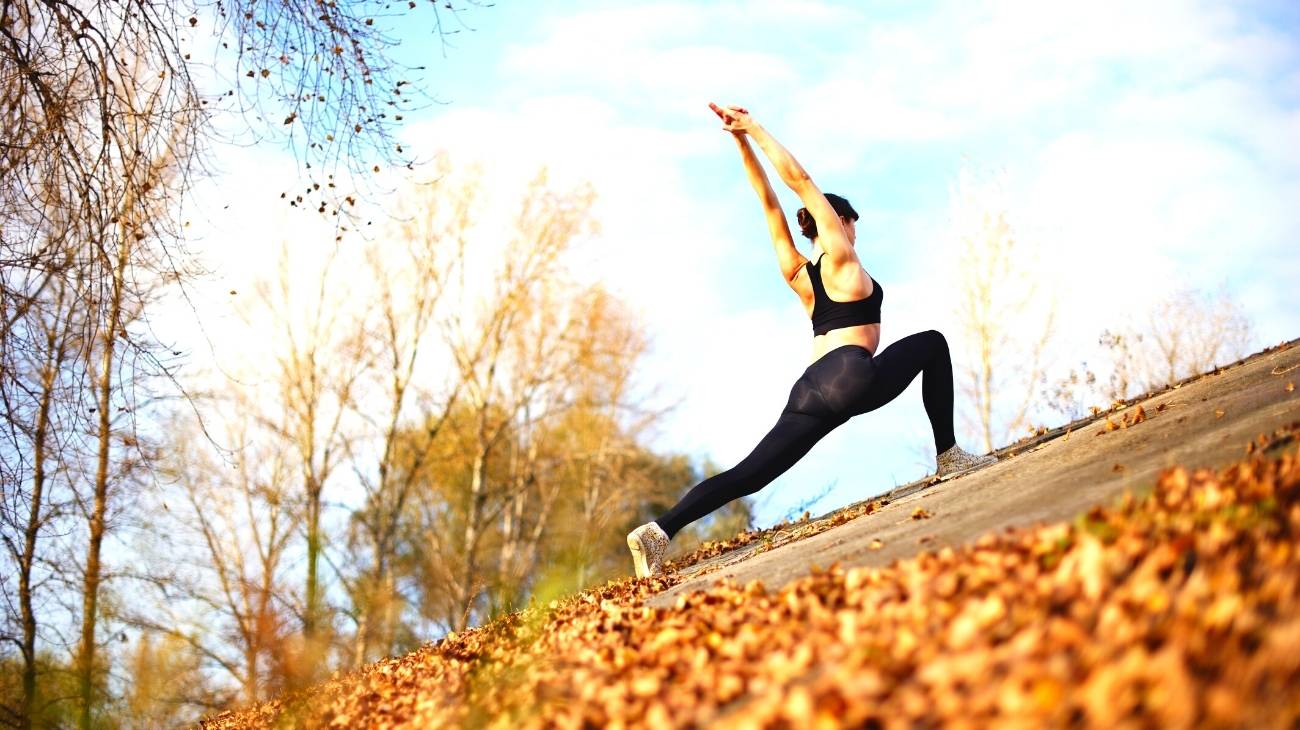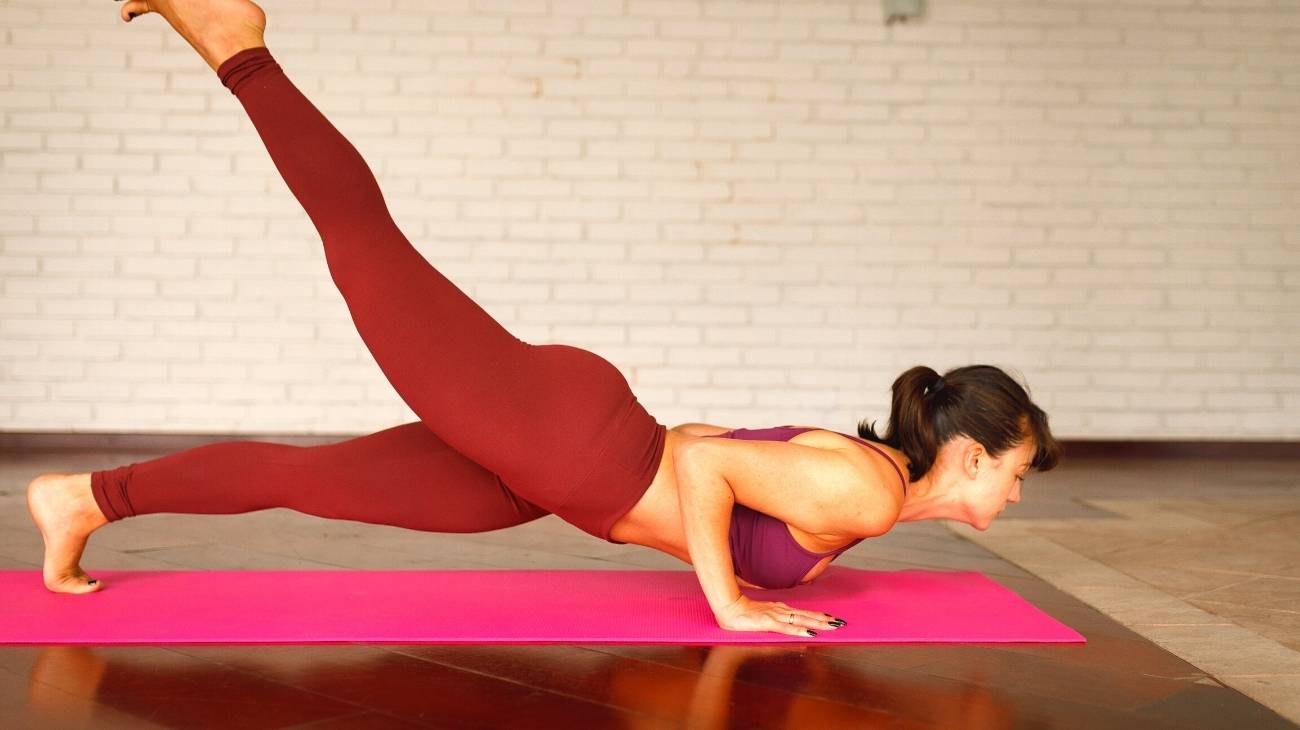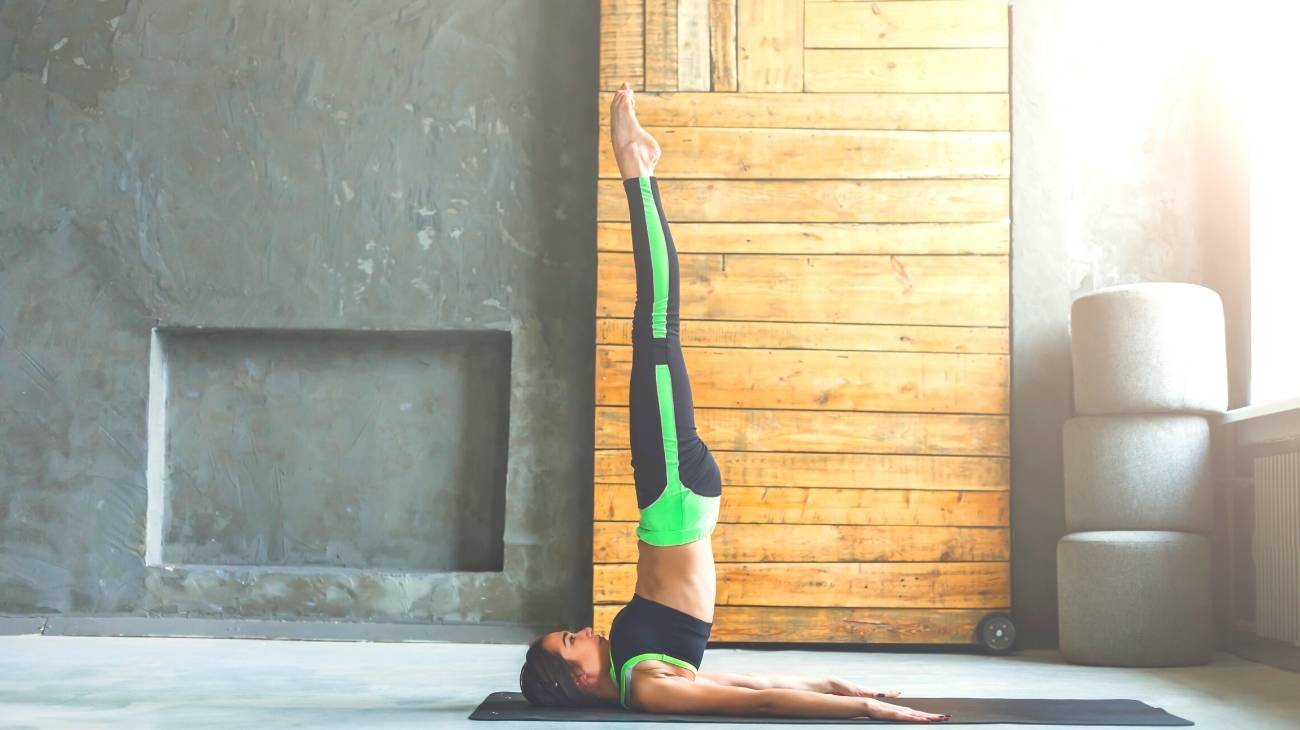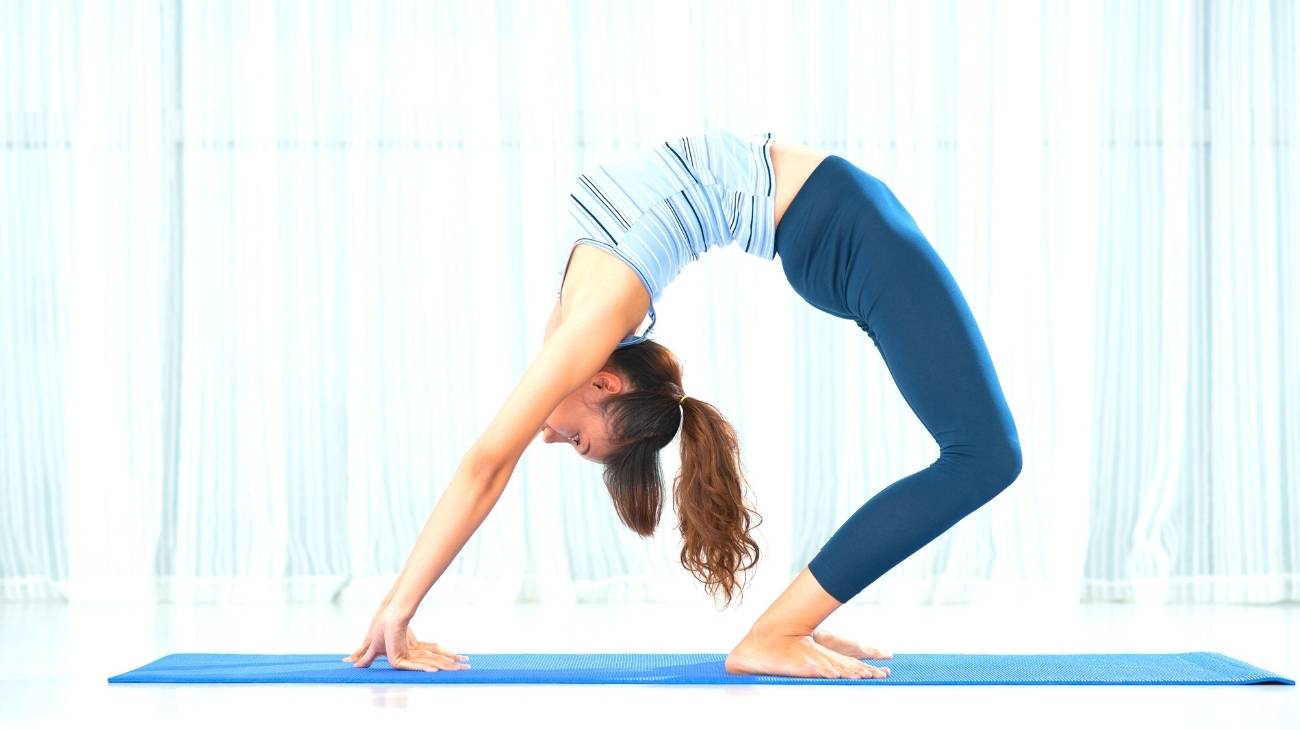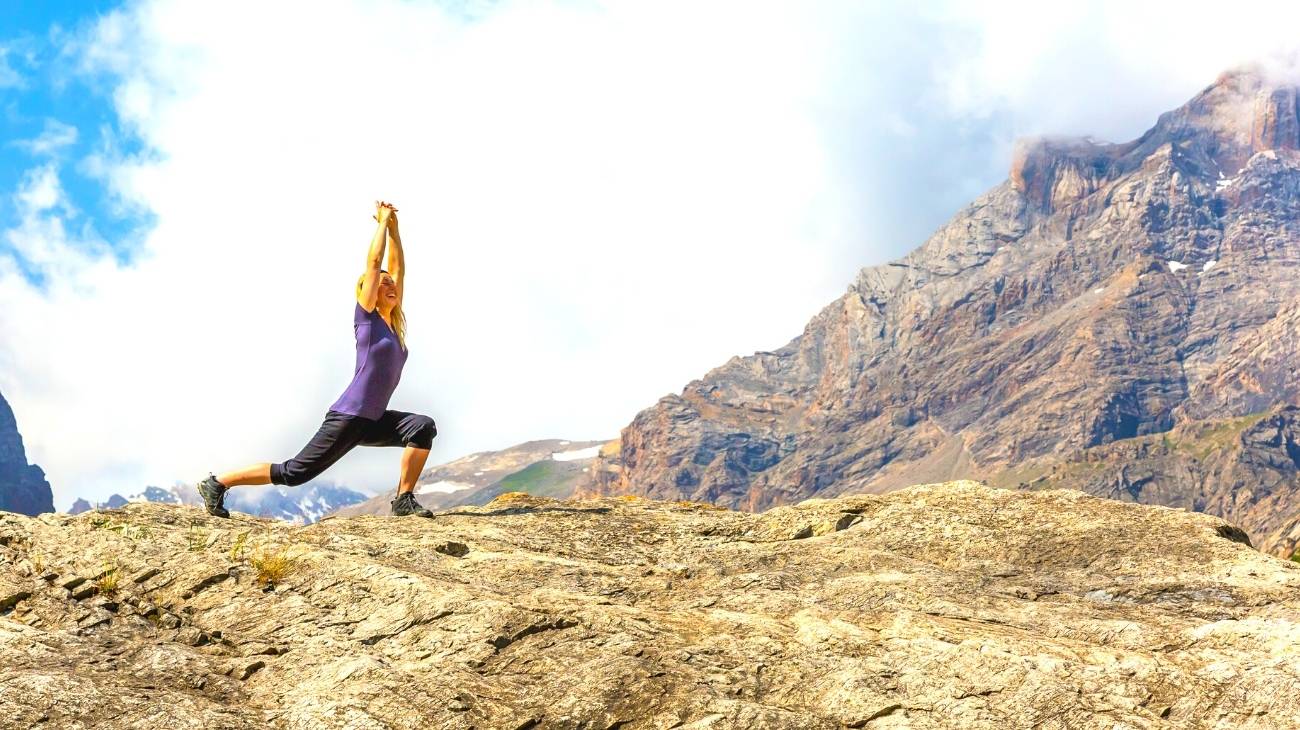Hand and wrist injuries in yoga are very common. So if your wrists hurt during your yoga class, you shouldn't be surprised. Especially because in this discipline a variety of asanas are performed that can overload this area.
This time we will talk about the most common hand and wrist injuries in yoga. In addition, we will investigate the ability of the PRICE therapy to treat these conditions. If you are interested in knowing what these injuries are and how they occur, you should stay with us. Here we go!
What are the most common types of hand and wrist injuries when doing Yoga?
The most common hand and wrist injuries in yoga are caused by overuse or overload. They occur mainly when performing repetitive and continuous postures where the wrists bear weight. Although yogis are not exempt from suffering a fall or trauma that compromises this area during a class.
The main asanas involved in these injuries are: Chaturanga, Dandasana, etc. Often, misalignment and excessive weight bearing during these postures can cause these conditions.
The most common hand and wrist injuries in yoga are:
Wrist tendonitis
This refers to inflammation of one or more of the various tendons in the wrist. It manifests with local pain that is usually dull and worsens with movement. Stiffness, swelling, weakness, crepitus and tenderness in the area are also often present.
It is usually generated by repetitive movements that accumulate stress on the tendon. Misalignment and excessive weight bearing on the wrist when performing postures such as chaturanga dandasana can cause this tendonitis in yogis. It can also be caused by trauma such as a fall or blow to the wrist. Old age and certain diseases such as arthritis and diabetes are also risk factors.
Dorsal impingement of the wrist
Occurs when the joint capsule of the wrist becomes inflamed and pinched. This occurs exactly between the scaphoid and the extensor carpi radialis brevis tendon. It manifests itself as a shooting pain in the back of the wrist, especially when the wrist is bent backwards completely.
It is caused by repetitive extension and straightening movements of the wrist while weight bearing. Such movements occur frequently in gymnastics, weightlifting and yoga. In particular, yogis develop this condition due to performing asanas such as downward dog and plank.
Carpal tunnel syndrome
Occurs when the median nerve is pinched or pressed into the carpal tunnel. The carpal tunnel is a narrow passageway located in the wrist through which the median nerve and the flexor tendons of the fingers pass. The condition is characterised by pain, weakness, numbness and tingling that can extend from the hand to the forearm.
Often this syndrome is the result of a combination of several risk factors and no specific cause can be identified. Anything that results in increased pressure or reduced space within the carpal tunnel can cause it. Overuse, injuries (fractures, sprains...) and diseases such as rheumatoid arthritis are among the risk factors.
Triangular fibrocartilage
The triangular fibrocartilage complex, TFCC, is a structure located on the ulnar side of the wrist. In general, a tear of the TFCC manifests as ulnar wrist pain that may worsen with movement. Other symptoms include decreased range of motion, weakness of grip, swelling and crepitus.
This injury can be of traumatic or degenerative etiology. In the first case, a fall on the outstretched hand, excessive rotation or a blow may be the trigger. In the second case, ageing and overuse are the main risk factors. This condition is also often associated with a positive ulnar variation.
Best products for hand and wrist injury recovery in Yoga
Bestseller
-
Acupressure Mat and Pillow (Black/Gray)
$49.95 -
Acupressure Mat and Pillow (Green/Navy)
$49.95 -
Acupressure Mat and Pillow (Pink/Bordeaux)
$49.95 -
Foot Massage Roller for Plantar Fasciitis (Black)
$19.95 -
Foot Massage Roller for Plantar Fasciitis (Green)
$19.95 -
Foot Massage Roller for Plantar Fasciitis (Pink)
$19.95 -
Microwave Arthritis Gloves (2 Mittens) (Hearts)
$29.95 -
Microwave Arthritis Gloves (2 Mittens) (Oxford)
$29.95 -
Microwaveable Heating Pad for Pain Relief (Hearts)
$19.95 -
Microwaveable Heating Pad for Pain Relief (Oxford)
$19.95 -
Microwaveable Heating Pad for Pain Relief (Sport)
$19.95 -
Wrist Brace (Black/Gray)
$19.95 -
Wrist Brace (Green/Navy)
$19.95 -
Wrist Brace (Pink/Bordeaux)
$19.95
How to apply the RICE therapy to treat hand and wrist injuries in Yoga?
The RICE therapy is ideal for treating acute hand and wrist injuries in yoga. It consists of four steps or first aid measures: rest, ice, compression and elevation. There is also an update of this method, although less well known, called PRICE, which incorporates a new step: protection.
Both protocols are especially effective in the treatment of acute injuries during the first 72 hours after they occur. They are recommended especially in the acute phase of blows, sprains, strains, sprains and inflammatory injuries such as tendonitis.
Here is how to apply the PRICE therapy in case of an acute hand and wrist injury in yoga:
- Protection: you must protect the hand or wrist to avoid worse damage. In this regard, it is vital to stop the activity that caused the injury. You will also need to avoid movement, so the use of a wrist brace or similar immobiliser is recommended.
- Rest: You should rest for approximately 48 hours, avoiding sudden movements of the hand or wrist. However, you should make slight movements carefully to avoid stiffness.
- Ice: Cryotherapy is used here to reduce inflammation, pain and spasticity. Just take a cold compress and place it on the hand or wrist for 20 minutes about 6 to 8 times a day.
- Compression: Basically you should put pressure on the injury, usually with a flexible bandage that allows some mobility. This will promote the return of blood to the heart, reducing inflammation. It will also provide greater stiffness and stability to the hand and wrist. Remember not to compress too much as you may cut off circulation.
- Elevation: Just raise your hand or wrist above the level of your heart by placing it on a cushioned surface such as a pillow. This will help to reduce swelling and relieve the pain.
References
- Quilter, D. (2007). Yoga for people with repetitive strain injury (RSI). International Journal of Yoga Therapy, 17(1), 89-94. https://meridian.allenpress.com/ijyt/article-abstract/17/1/89/137765/Yoga-for-People-with-Repetitive-Strain-Injury-RSI
- Blaine, S. (2016). Yoga for computer users: Healthy necks, shoulders, wrists, and hands in the postmodern age. Shambhala Publications. https://books.google.es/books?hl=en&lr=&id=nRrIDAAAQBAJ
- Klifto, C., Sapienza, A., Rao, S., & Posner, M. (2015). Wrist Biomechanics In Yoga: Level 4 Evidence. Journal of Hand Surgery, 40(9), e33. https://www.jhandsurg.org/article/S0363-5023(15)00772-8/fulltext
- Rettig, A. C. (1998). Epidemiology of hand and wrist injuries in sports. Clinics in sports medicine, 17(3), 401-406. https://www.sciencedirect.com/science/article/abs/pii/S0278591905700922
- Avery, D. M., Rodner, C. M., & Edgar, C. M. (2016). Sports-related wrist and hand injuries: a review. Journal of orthopaedic surgery and research, 11, 1-15. https://link.springer.com/article/10.1186/s13018-016-0432-8
- Fishman, L., Saltonstall, E., & Genis, S. (2009). Understanding and preventing yoga injuries. International journal of yoga therapy, 19(1), 47-53. https://meridian.allenpress.com/ijyt/article-abstract/19/1/47/138142/Understanding-and-Preventing-Yoga-Injuries
- Cramer, H., Ostermann, T., & Dobos, G. (2018). Injuries and other adverse events associated with yoga practice: A systematic review of epidemiological studies. Journal of science and medicine in sport, 21(2), 147-154. https://www.sciencedirect.com/science/article/abs/pii/S1440244017310502
- Swain, T. A., & McGwin, G. (2016). Yoga-related injuries in the United States from 2001 to 2014. Orthopaedic journal of sports medicine, 4(11), 2325967116671703. https://journals.sagepub.com/doi/pdf/10.1177/2325967116671703
- Le Corroller, T., Vertinsky, A. T., Hargunani, R., Khashoggi, K., Munk, P. L., & Ouellette, H. A. (2012). Musculoskeletal injuries related to yoga: imaging observations. American Journal of Roentgenology, 199(2), 413-418. http://holisticyogatherapyinstitute-org.aheartoftheworld.com/attachments/Yoga%20Injuries%20Musculoskeletal.pdf
- Wiese, C., Keil, D., Rasmussen, A. S., & Olesen, R. (2019). Injury in yoga asana practice: Assessment of the risks. Journal of bodywork and movement therapies, 23(3), 479-488. https://www.sciencedirect.com/science/article/abs/pii/S1360859218304455

